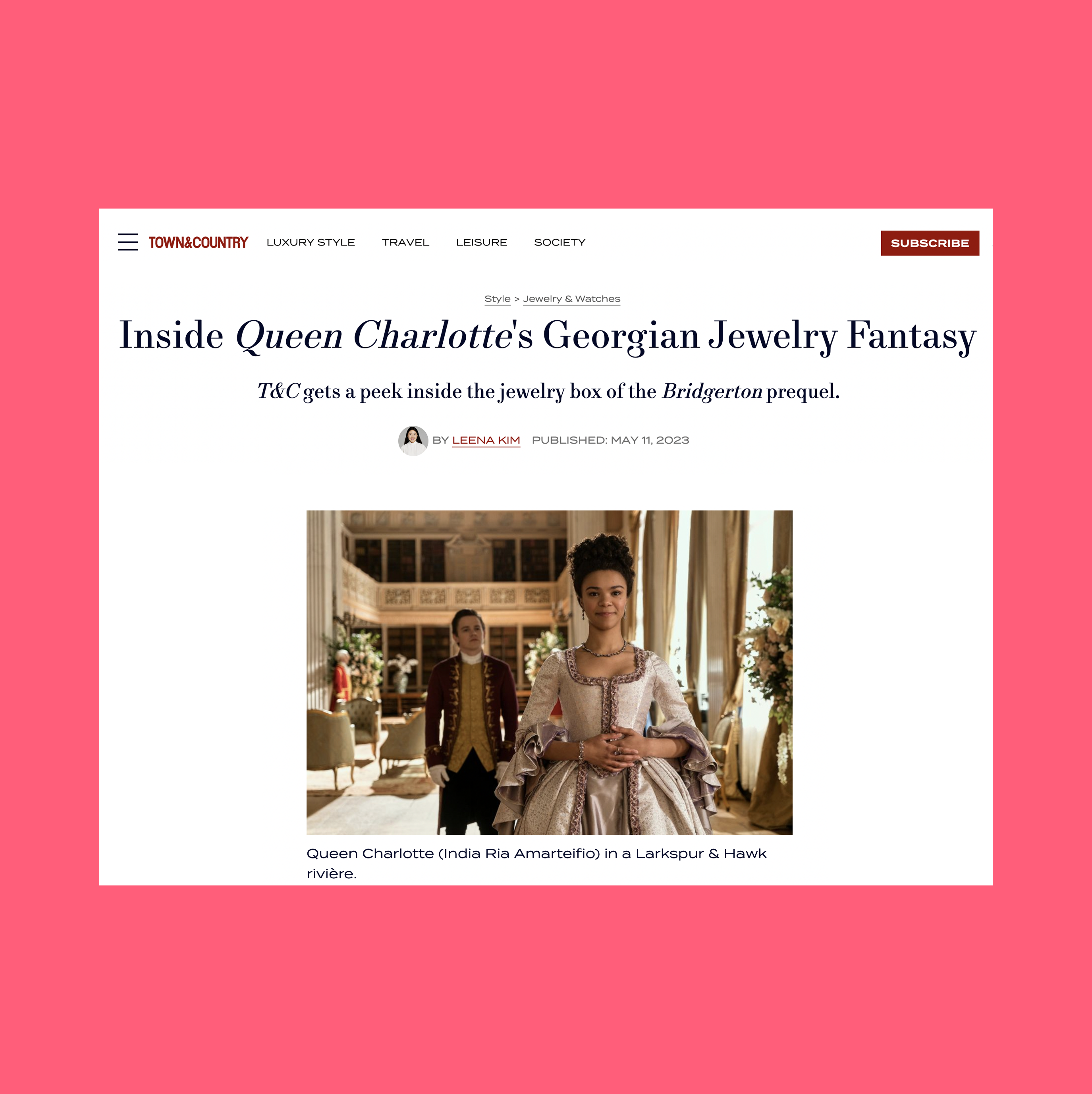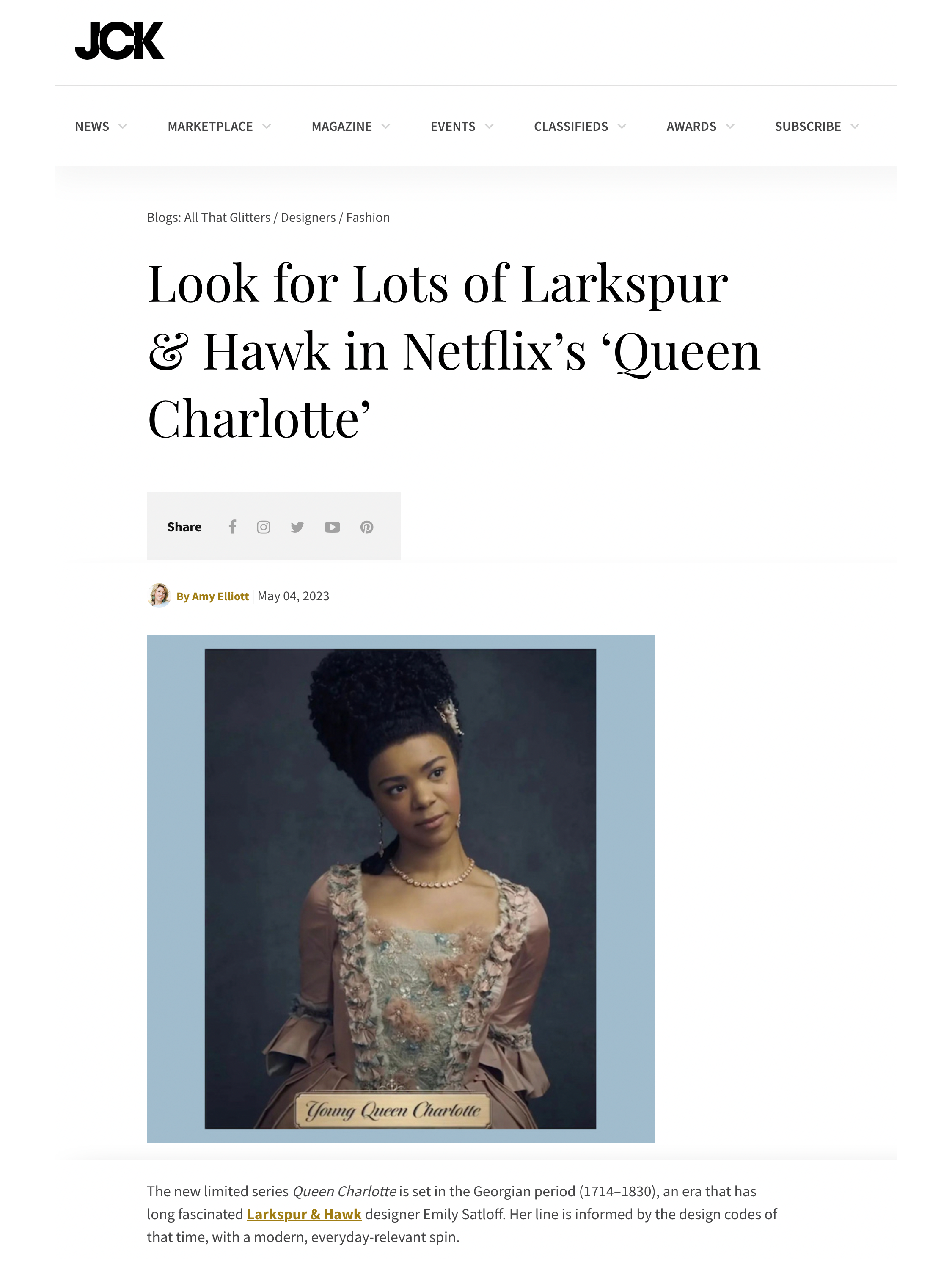[scmBannerSlider-8282]
The Georgian era, named for the reign of Great Britain’s Kings George I, II, III and IV from 1714-1837, was a time of great progress. One result of the period’s vast social shifts was what can be called a democratization of jewelry. Where jewelry was once reserved for the aristocracy, during the Georgian era, class boundaries became more fluid and the newly-bolstered middle class was free to embrace fashion.
Then as now, diamond jewelry was all the rage. This led to the invention of a more accessible alternative known as paste: glass cut to mimic the sparkle of diamonds. Paste stones would be backed with metallic foil to better replicate the brilliance of diamonds or add color to emulate gems such as sapphires and amethysts. As this was a time before electricity, which meant that most jewelry was viewed by candlelight, foiling became a popular technique for enhancing the luster and intensifying the color of precious stones in addition to paste.
Soon everyone from Marie Antoinette to bourgeois women was wearing some iteration of foiled jewelry.
Stone-cutting was far from the advanced technology we have today. The stones featured in Georgian jewelry are characterized by a somewhat flat geometry — though still beautiful, they were more understated and less faceted than comparable stones cut today. Foiling was an innovative way for Georgian jewelers to achieve radiance that stone-cutting technology at the time simply couldn’t yield. The technology for working with metal also was not as advanced, so most Georgian jewelry was set in silver (a rather forgiving and reliable metal) and, for practicality, often backed or washed with gold to protect skin and clothing from silver’s tarnish.
Jewelry’s immense popularity during the Georgian era spawned trends that spread throughout Europe — small colored-stone rings and matched pairs of bracelets for day, dramatic pendant earrings for evening. Given that there were no telephones or photographs, and widespread communication was limited, jewelry often served a significant sentimental purpose. Miniature painted portraits on brooches, pendants, and rings served as reminders of loved ones in far away locales; mourning jewelry memorialized those lost to illness or war.
The Georgian era’s most timeless form is the rivière.
Without a doubt, the most enduring style to emerge during the Georgian era is the rivière: a relatively simple, yet incredibly versatile necklace composed of stones flowing around the neck, like a river. It is a timeless silhouette, perfect for displaying the radiance of foiled stones, which has become the core of Larkspur & Hawk’s contemporary collections. Though foiled jewelry eventually became less common as technology improved — the exacting process of custom-cutting foil to fit each individual stone fell out of favor once jewelers had other means of achieving brilliant, colored gems — the unique glow of foiled jewels is still as alluring as ever. And while original antique Georgian jewelry is increasingly rare, the spirit of those centuries-old treasures lives on in each piece that Larkspur & Hawk hand-crafts today.


